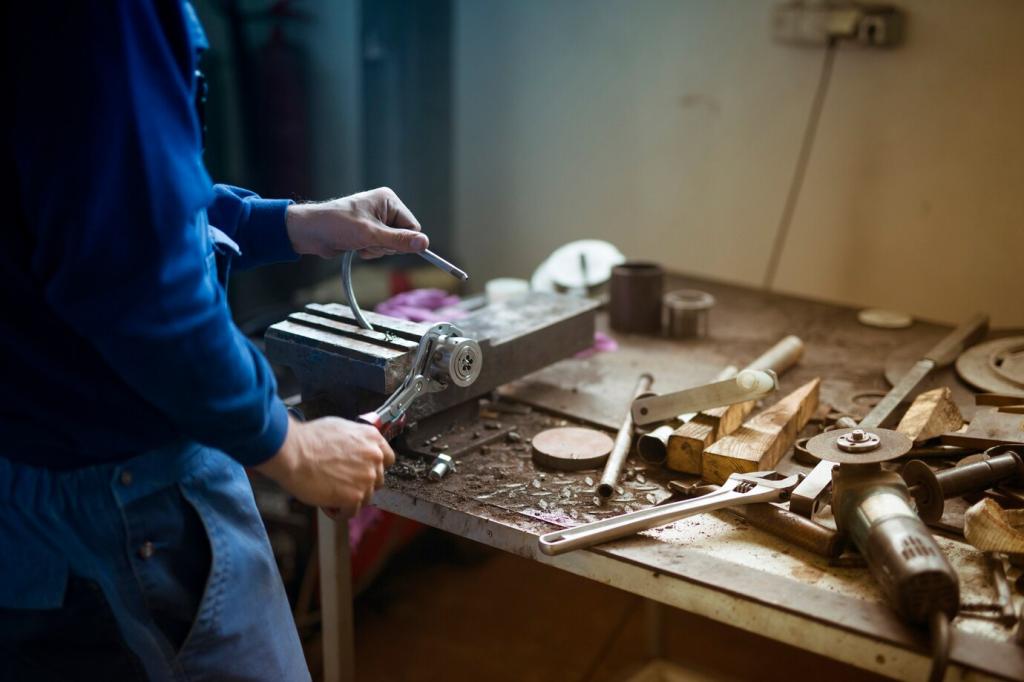
Safeguarding History: Humidity Control for Antique Preservation
Chosen theme: Humidity Control for Antique Preservation. Explore the art and science of stabilizing relative humidity to protect heirlooms, museum-worthy treasures, and everyday keepsakes. Join our community, ask questions, and subscribe for practical, heartfelt stories and techniques that keep history alive at home.
The Hidden Physics of Relative Humidity
Antiques respond to moisture like living beings. Wood swells and shrinks, varnishes craze, paper cockles, and metals corrode faster above moderate levels. Aim for stable conditions around 40–55% relative humidity and avoid rapid swings, which can be more destructive than a slightly imperfect average.
Fluctuations: The Real Villain
Daily swings—spikes in the afternoon, dips overnight—stress joints, veneers, and adhesives. Tiny movements compound into cracks, lifted inlays, and loose joints. Smoother, slower changes protect delicate structures. Share your local climate challenges in the comments so we can tailor tips to your region’s rhythms.
Material-Specific Sensitivities
Paper and textiles favor lower, steady humidity to prevent mold and fiber weakening, while metals benefit from drier conditions to slow tarnish and rust. Mixed collections need thoughtful compromise. Tell us what you collect, and we’ll suggest a balanced target range that respects every object’s needs.
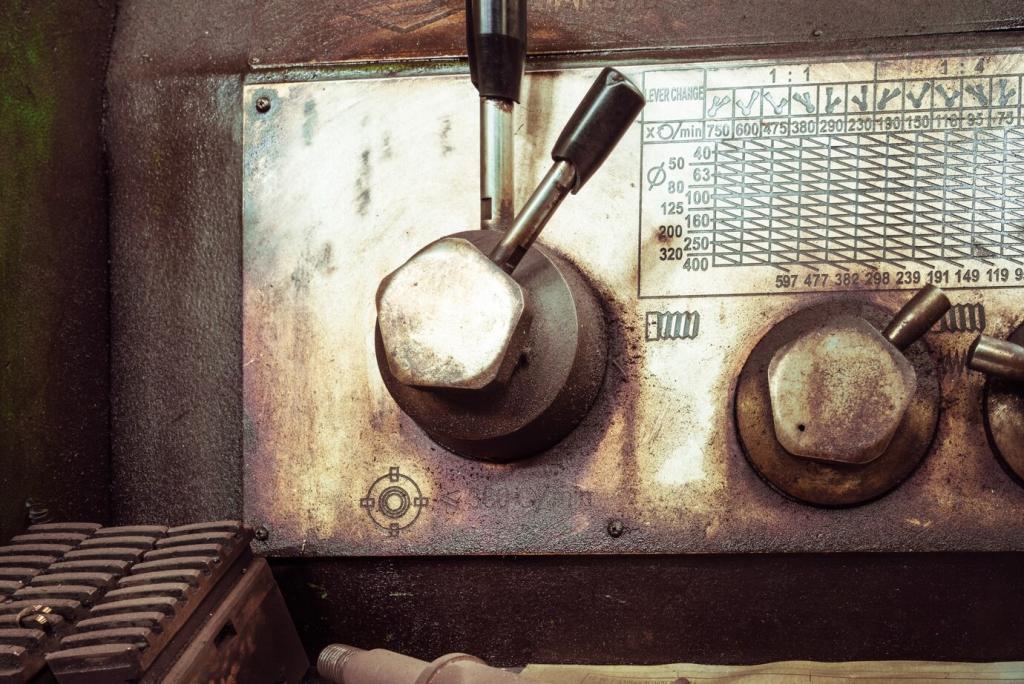
Choosing Reliable Hygrometers
Not all humidity meters read equally. Favor models with documented accuracy and replaceable sensors. Keep at least two in different spots to compare readings. If you’ve found a favorite device, share your experience and reliability tips to help others avoid misleading measurements.
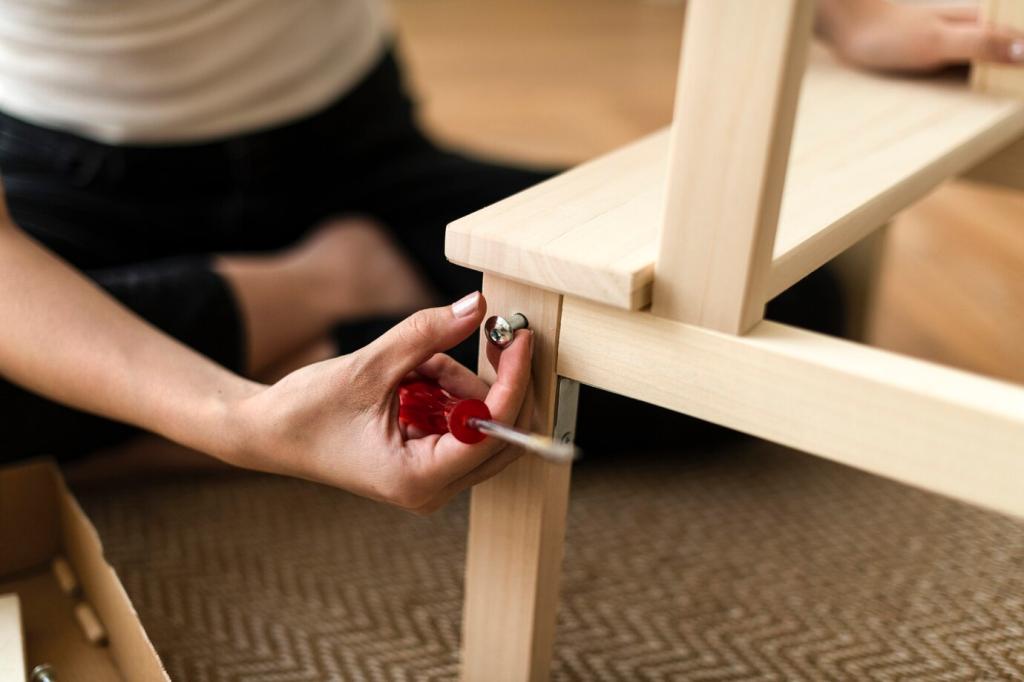
Calibration That Builds Confidence
A simple salt test can reveal if your meter runs high or low. Seal the device with saturated salt solution, wait several hours, and adjust or note the offset. Regular checks keep your data trustworthy, and trustworthy data prevents overcorrecting and stressing your antiques.
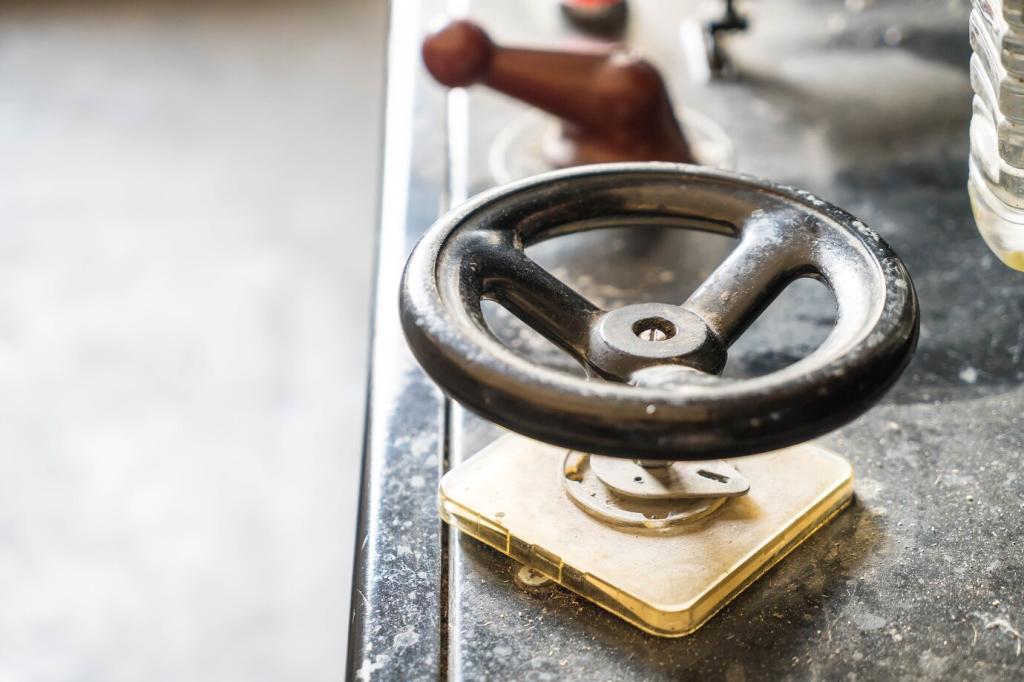
Smart Alerts and Gentle Corrections
Pair data loggers with app alerts to catch creeping trends before damage begins. Use dehumidifiers, humidifiers, and HVAC tweaks for gradual changes. Avoid blasting to extremes. If you automate, comment with your preferred settings so others can learn from real-world, gentle control strategies.
Room-by-Room Strategies for Stable Conditions
Closed cases buffer swings. Add conditioned silica gel or molecular sieves to maintain a steady relative humidity. Seal small air leaks and position cases away from vents or direct sunlight. Tell us what you display, and we’ll recommend gel quantities and maintenance routines that match your case size.
Room-by-Room Strategies for Stable Conditions
Basements invite damp; attics swing wildly. Use vapor barriers, gentle dehumidification, and insulation to flatten extremes. For treasured pieces, avoid these areas entirely. If relocation isn’t possible, share your floor plan, and we’ll explore pragmatic compromises that still protect your objects’ long-term health.
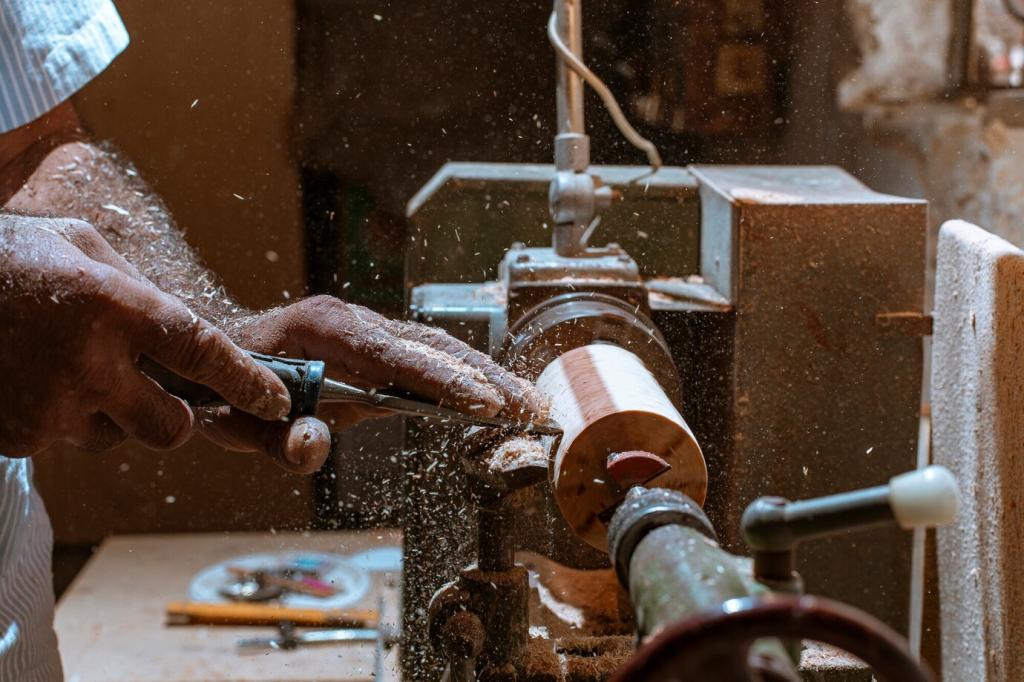
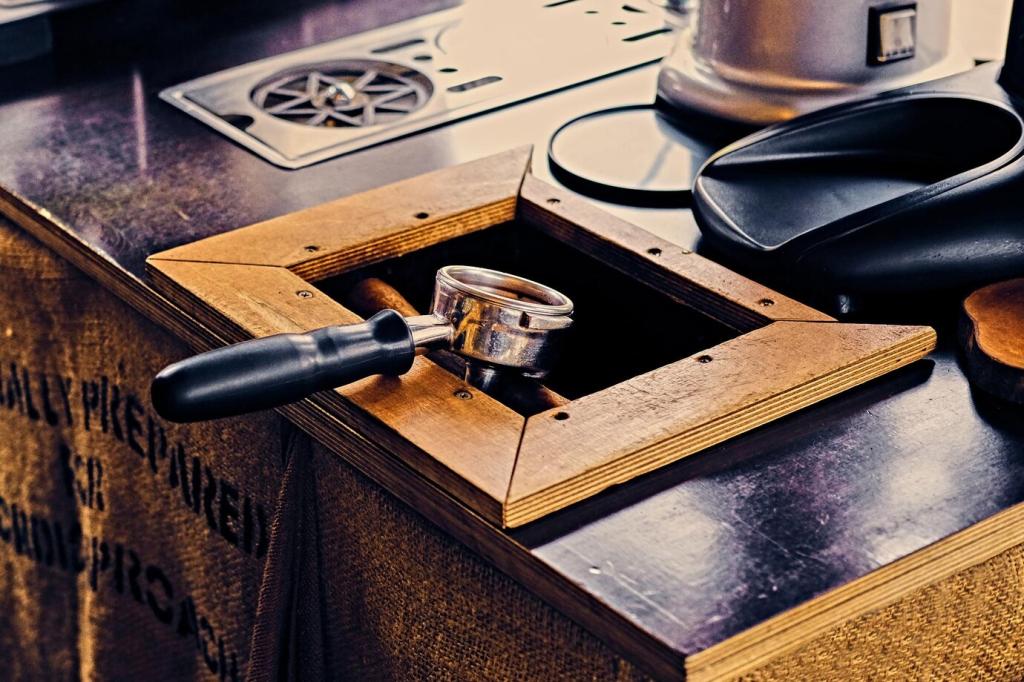
Emergency Triage for Spikes and Leaks
Move objects to a safer, stable room if possible. Increase air circulation with fans placed away from direct airflow onto the pieces. Reduce humidity gradually, monitoring frequently. Document conditions and observations. Share your emergency story to help others build a practical checklist before crisis strikes.
Warm, damp air invites mold within 48 hours. Look for musty odors and fuzzy patches. Avoid heat guns or sun exposure; they can warp finishes and fabrics. Aim for measured drying, consistent airflow, and thoughtful spacing. Comment with questions, and we’ll help you decide when to call a conservator.
Once dry, reassess humidity goals and instrument placement. Consider adding buffering materials or a small dehumidifier on a timer. Keep notes on what worked and what did not. Share your lessons learned so our community can refine emergency playbooks and reduce future risks together.
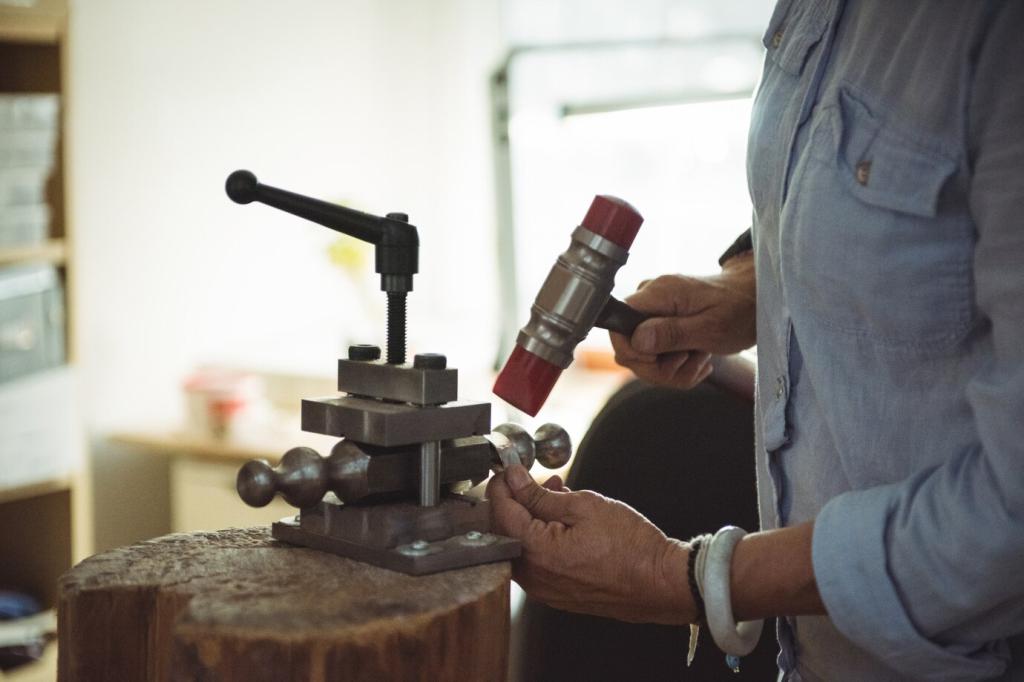
Stories from the Field: Lessons in Moisture Management
A reader stabilized a family dresser by keeping the room near 45–50% relative humidity with gentle dehumidification. Seasonal splits slowly closed, drawers slid smoothly again, and glue joints remained quiet. Share your heirloom’s before-and-after details to encourage others navigating the same delicate repairs.
Stories from the Field: Lessons in Moisture Management
After a tropical week, a framed map developed ripples. Instead of removing it, the owner stabilized room humidity and let the paper acclimate slowly. The cockling eased noticeably. Tell us your approach to framed works so we can compare glazing, spacers, and microclimate tricks that really work.
Stories from the Field: Lessons in Moisture Management
By lowering cabinet humidity with silica gel and minimizing temperature swings, a family reduced frequent polishing that risked detail loss. The set now gleams with minimal handling. If you steward metals, share your humidity targets and products used, helping others maintain luster without overcleaning.
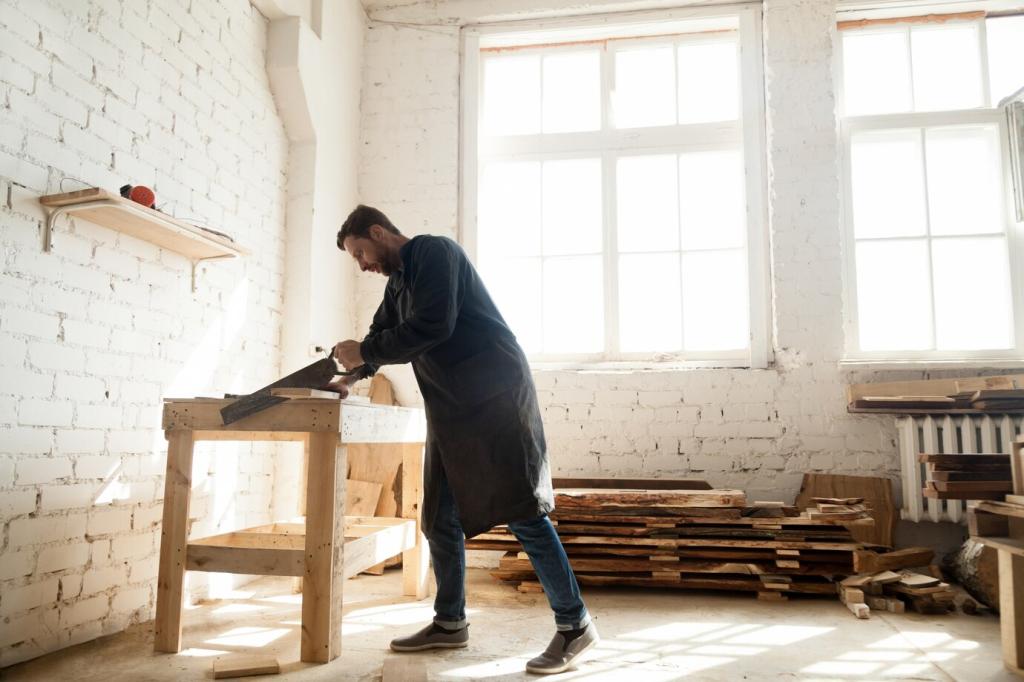
Passive Buffering That Works Quietly
Books, textiles, and conditioned silica gel gently stabilize microclimates without constant electricity. Employ lined curtains, weatherstripping, and thoughtful case design to reduce swings. What passive strategies have helped you? Post your tips so fellow readers can adopt quieter, greener humidity management at home.

HVAC Tweaks Without Overcorrection
Small thermostat adjustments and scheduled ventilation often beat aggressive setpoints. Aim for gradual changes, not dramatic cycles. If your system supports variable speeds, use them for smoother control. Share your daily routine, and we’ll brainstorm fine-tuning ideas that balance comfort, cost, and conservation.
